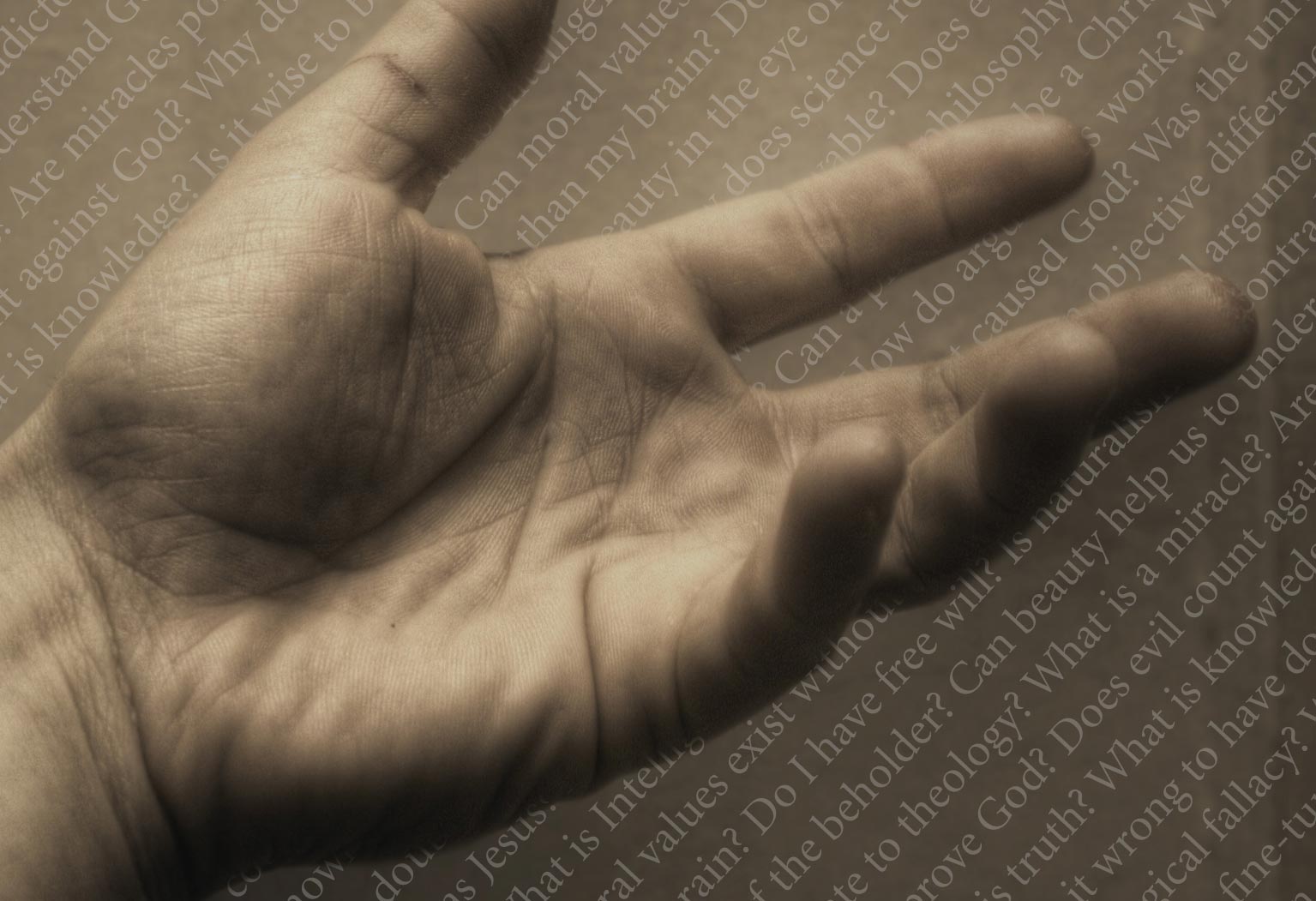Hundreds of Peter S. Williams’ speaking engagements have been captured on audio, and are available through Podbean, iTunes, Podcast Addict and TuneIn.
Listen to Sermon Podcasts by Peter S. Williams: http://podcast.peterswilliams.com/page/3/?s=Sermon
Subscribe and listen to The Peter S. Williams Podcast via Podbean.com
Subscribe and listen to The Peter S. Williams Podcasts via iTunes
Subscribe and Listen to The Peter S. Williams Podcast via Podcast Addict
Listen to The Peter S. Williams’ Podcast via TuneIn
Here’s my 50 most recent episodes (scroll down to previous episodes at the bottom of the widget):


